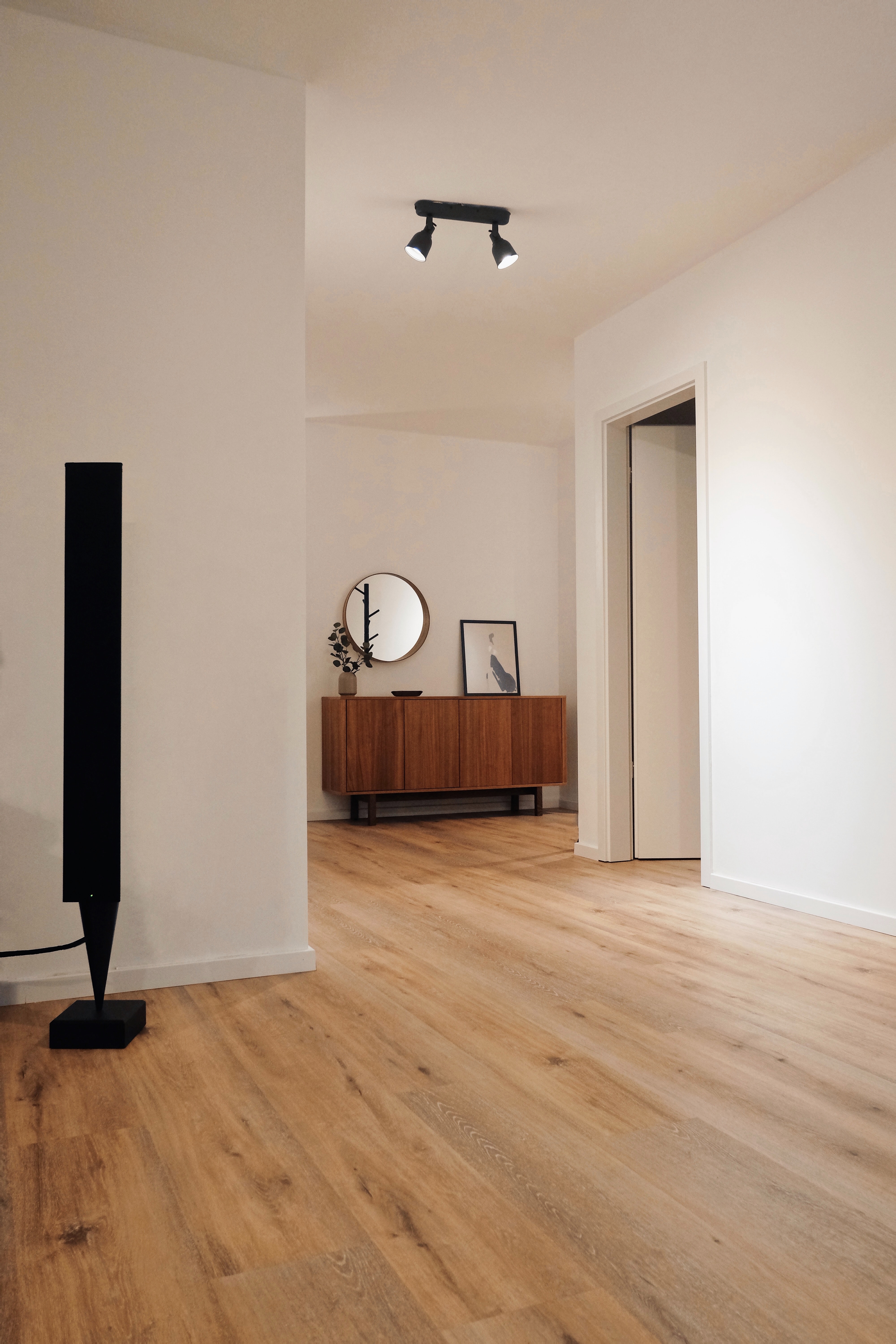Sign up to our newsletter!
No matter if you are moving, or improving, our newsletter is packed with the best tips, tricks and ideas to help you dwell well.
More and more people are choosing to age in place, saving money over soaring assisted-living costs and maintaining their independence. This lifestyle offers many advantages, but it does pose some challenges. Living alone can bring risks, so many people either choose to move back to the family home or have grandparents join their home.
Whether you plan to maintain independent living or adjust your household to accommodate an older family member, you should create a comfortable and safe environment. In fact, all of the following tips can make your home safer and more navigable no matter your age or ability.
Here are five design tips to help you plan for the future while improving your home to make it more accessible for an older resident.
Your property’s location can make it a dream for an older person — or a nightmare. For example, a home perched atop a steep driveway poses problems if the mailbox lies at the hill’s bottom, especially in slippery, icy weather. Your older family member needs ease of access. Otherwise, they may feel too intimidated to participate in daily activities like going on a walk.
An attached garage is a must for homes atop steep slopes so that you can pull right into a flat surface, making it easier to operate a walker while carrying several grocery bags. If you have stairs leading to the hill’s base, see if you can remodel them to have sturdy railings free from splinters.
Stairs inside your home may pose a falling hazard. Chair lifts give your older family free rein over each story of the house. If you decide on a split floor plan with one generation on one floor and another on the next, a dumbwaiter can make a charming way to pass items up and down the stairs without having to walk them yourself.
Adding these features can improve your home into a space more friendly for older people, and more accessible in general. For example, many falls occur in the bathroom as those who use mobility devices struggle to manoeuvre. Installing grab bars at the proper height in the shower and around toilets lets people in walkers or chairs transfer themselves safely.
Can those who use wheelchairs move through each doorway of your home? If your kitchen features a narrow entry, prepare for the future now by widening it.
Furthermore, those with arthritis may find it challenging to operate standard door knobs. Replacing the twist version with levered-handed models ensures that your older family member can access every room.
Pay attention to furniture placement, too. Cluttered living rooms can pose tripping hazards as older family members struggle to manoeuvre between the settee, recliner and ottoman. Leave a decent amount of space between objects to minimize fall risk.
Finally, you might consider lowering cabinets and closet rods if your family members rely on mobility devices. Furthermore, investing in grabbers lets people retrieve items on tall shelves even if their shoulders limit their overhead reach.
Simple tips like turning on the lights after dark can significantly improve safety for older people. However, aging causes mobility and memory loss. Your older family member might forget to perform necessary tasks like locking up and setting the alarm at night, endangering their safety.
Thankfully, technology offers solutions to this problem. When redesigning your home to prepare for the future, include as much automation as possible. Simple measures mean a lot — even automated sprinkler systems minimize landscape-maintenance needs and keep older people from falling while trying to manage an unwieldy hose or watering can.
Your older family member can now operate their home’s lights, thermostats, door locks, alarm systems and television sets from their smartphone. The right smart-home automation system can even turn on their coffee pot in the morning. There’s no more need for stumbling out of bed, scrambling across a chilly floor, raising the thermostat to a decent level and getting a cuppa going.
Older adults are more prone to visual impairments like age-related macular degeneration, glaucoma and cataracts. A dimly lit room may pose a double hazard as they struggle to see, tripping over unseen dangers.
Keep rooms bright by removing heavy curtains and replacing them with thinner, more translucent ones that let in natural light. Consider light bulbs with adjustable colour temperatures to provide a precise illumination dose. Today’s LED models last longer and are far more environmentally friendly.
Finally, keep flooring in mind when redesigning your home for older adults. Thick, shag carpet is a nearly impossible surface for wheelchairs and walkers to navigate. However, tile and granite last for ages for a reason — they’re hard. Falling on such a surface can easily break bones.
Your best flooring bets are hardwood or a laminate substitute like Pergo. Other choices include low-pile carpets with no shag in the nap that allows a wheelchair to glide across, or laminate vinyl that easily installs in sheets. Whichever option you choose, ensure that you include a forgiving underlay — it won’t guarantee a soft fall, but it will cushion the blow.

Aging in place offers multiple advantages like saving money and maintaining your independence. However, it also introduces new hazards that accompany living alone in your golden years. As a result, many families now choose to cohabit among several generations.
Whether you plan to age in place solo or live with kin, or whether you merely want to make your home simpler to navigate, you can begin improving your home now to make it easier to live in later. Consider the five design tips above when redesigning a home for older family members.
Live well with Moving and Improving